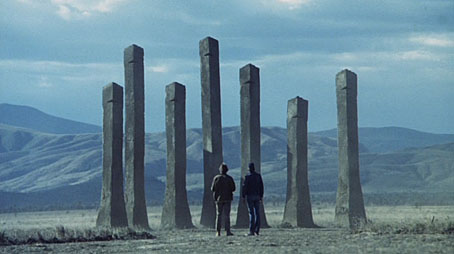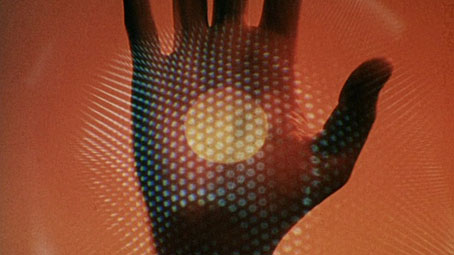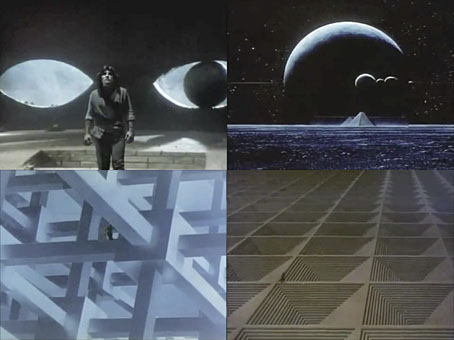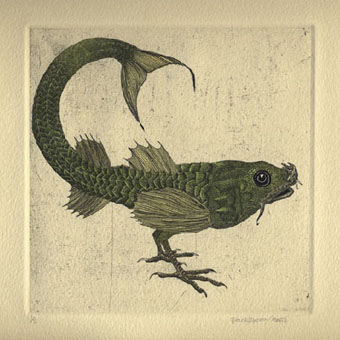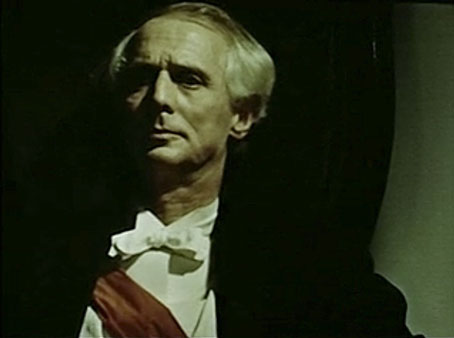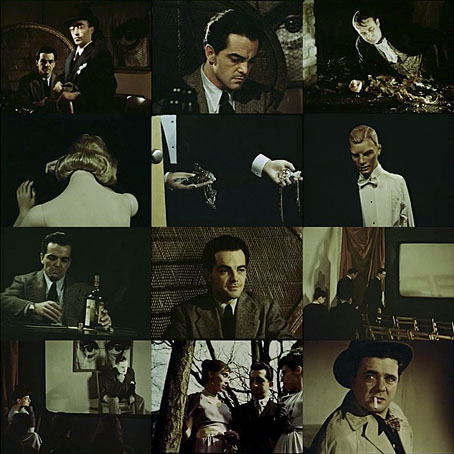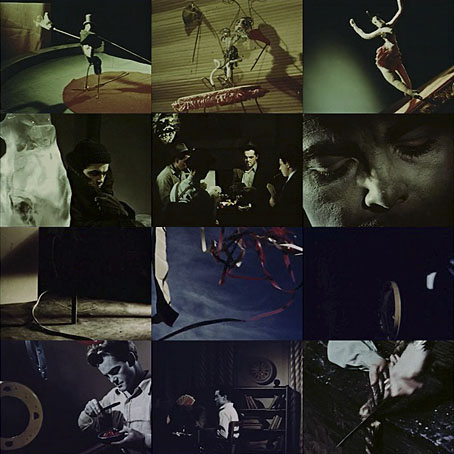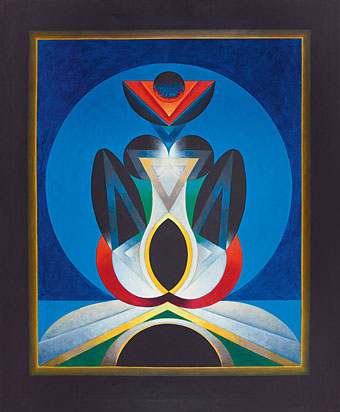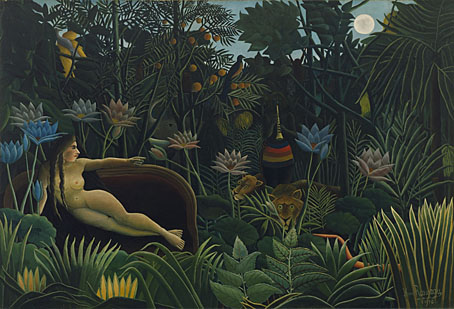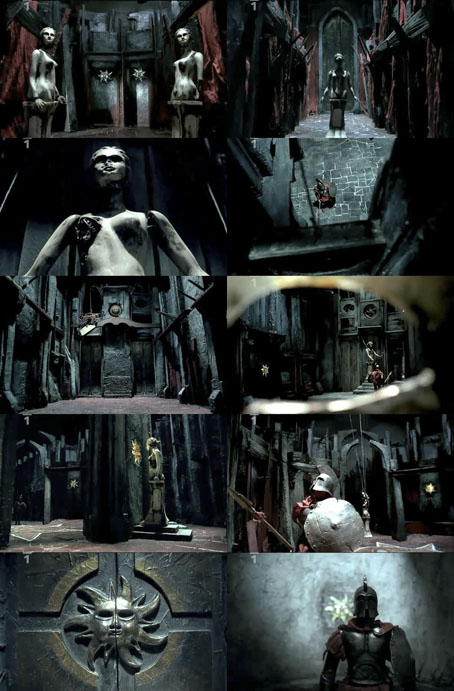
Svankmajer? Yes, Václav is the son of Czech Surrealists Jan Svankmajer and Eva Svankmajerová, and The Torchbearer (2005) is the third of three short films he’s directed. Like the celebrated films of his father this is an animated piece in which a faceless warrior navigates a ruined labyrinth where lethal traps are prepared by a group of living female statues. The style reminded me more of some of the Brothers Quay shorts than the snapping, jerking works of Svankmajer Sr.: the gliding statues are reminiscent of the tailors’ dummies in Street of Crocodiles (1986) while the mechanical traps call to mind Gilgamesh’s murderous table in This Unnameable Little Broom (1985). (And, yes…also the death machine in The Pendulum, the Pit and Hope.)
Václav Svankmajer’s website has a page devoted to the production of the film. Also on his site are several galleries of the paintings and drawings that are the focus of his attention today. Via Form is Void.
• The Torchbearer on YouTube: Part 1 | Part 2
Previously on { feuilleton }
• Jan Svankmajer: The Complete Short Films

